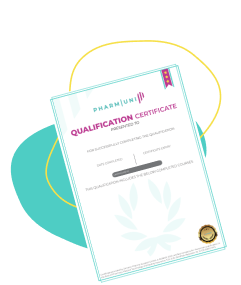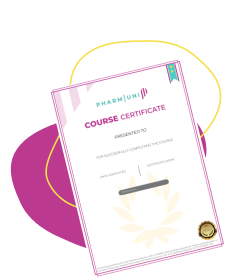Learning and education are not new concepts; in fact, they have existed since the beginning of time. Learning is an intrinsic need; we always seek to learn new things for our continued development and improvement. Access to reliable expert educators and professionally designed content are prerequisites of acquiring deep knowledge and expertise. The learning industry has experienced many ups and downs during its development and maturation. On the one hand, accessibility indeed acted as a catalyst for many learning and education industry developments. On the other hand, people require different learning methods to comprehend the content as effectively as possible. Educators and content creators have responded to the demand by developing diverse techniques to support a wide range of learners.
What is E-learning?
The development of E-learning began with the use of electronic devices, automatic test machines, and primitive computers to deliver learning content to target groups and help, support, and enhance teaching and learning1. E-learning encompasses all forms of electronically supported teaching and learning, including engagement with knowledge and skills. Additionally, E-learning refers to training on any digital device. Both personal and personnel development motivate the development of e-learning. It is important to remember that E-learning has a wide application, and its definition varies based on the intended use.
E-learning is using technology at different levels of the learning methods. E-learning helps teachers and trainers demonstrate the content more interactively by using various devices and methods. Moreover, trainees and students benefit from the use of E-learning by gaining a more sustainable knowledge base. Two thousand years ago, Confucius simplified it by stating, “I hear and I forget. I see, and I remember. I do, and I understand.”

A short history of E-learning
Creating a learning session requires three main pillars (educator, learner, and media or infrastructure). The history of E-learning is full of attempts to enhance the performance of each of these factors. The progression stems from a transition from time, place, and in-person dependent learning to anytime/anywhere/any device learning. The following is a brief and selected overview of e-learning throughout history.
Since the beginning of E-learning is difficult to pinpoint, we will keep it simple and start from the 1980s.
| Year | Description |
| 1983 | First online educational network The ex-president of Atari (a US manufacturer of game consoles and video games) founded an online educational network named “The Electronic University Network” long before Massive Open Online Courses (MOOCs), mobile learning, and learning management systems. He aimed to improve the accessibility of education. More than 15,000 students took classes and seminars, and many universities participated in the network3. |
| 1984 | Training of computer professionals Bill Mc Cabe, an Irish entrepreneur, founded a software company called CBT systems in America with a vision to train computer professionals with computer-based training. When the CD-ROM became the new preferred training technology in the mid-1980s, CBT Systems converted all the courseware to the medium4. |
| 1989 |
The birth of WWW The British scientist Tim Berners-Lee invented the World Wide Web (WWW) in 1989, becoming one of the most influential events in the history of E-learning. Its original purpose was to share information among academic institutions around the world5. |
| 1999 |
The first use of “E-learning” It is the birth year of the term “E-learning”. Elliott Masie coined this word while speaking at the TechLearn Conference at Disneyworld. Before this time, people used “online learning” with the same concept in mind6. |
| Early 2000s |
The boom of LMS Learning Management System (LMS) became popular among corporations and organizations. Then, questions and doubts arose concerning their economic benefits, such as their Return on Investment (ROI). Additionally, “Blended-Learning” emerged in conversations, defining a combination of E-learning and classroom/workshop learning7. The US Department of Defense organization created The Shareable Content Object Reference Model (SCORM) in 2008. |
| 2008-2012 |
The birth and growth of “MOOCs” In 2008, Dave Cormier from the University of Prince Edward Island used the “MOOC” (Massive Open Online Course) term for the first time. Various platforms commenced, and 2012 became the year of MOOC9. |
| 2010-2020 |
Technology growth hacked the E-learning industry Many developments in this era accelerated the E-learning industry like: · Development of HTML5, · Release of Learning Record Store (LRS), · Development of Experience API, · Growth of popularity and use of smartphones, · Developments on Augmented Reality (AR) and Virtual Reality (VR) |
What is next?
As we can see, many significant events heavily impacted the next level of E-learning. Today, we observe one notable phenomenon that leap-frogged the entire E-learning industry. The COVID-19 pandemic forced people and corporations apart and brought the need and demand for new learning and training methods and novel online learning platforms. Technologically savvy companies have a vast opportunity to offer comprehensive and interactive platforms to meet these demands. The best course of action would be to introduce new platforms that offer professionally data-driven and industry-centric learning to make the learning process more customized and specialized.

